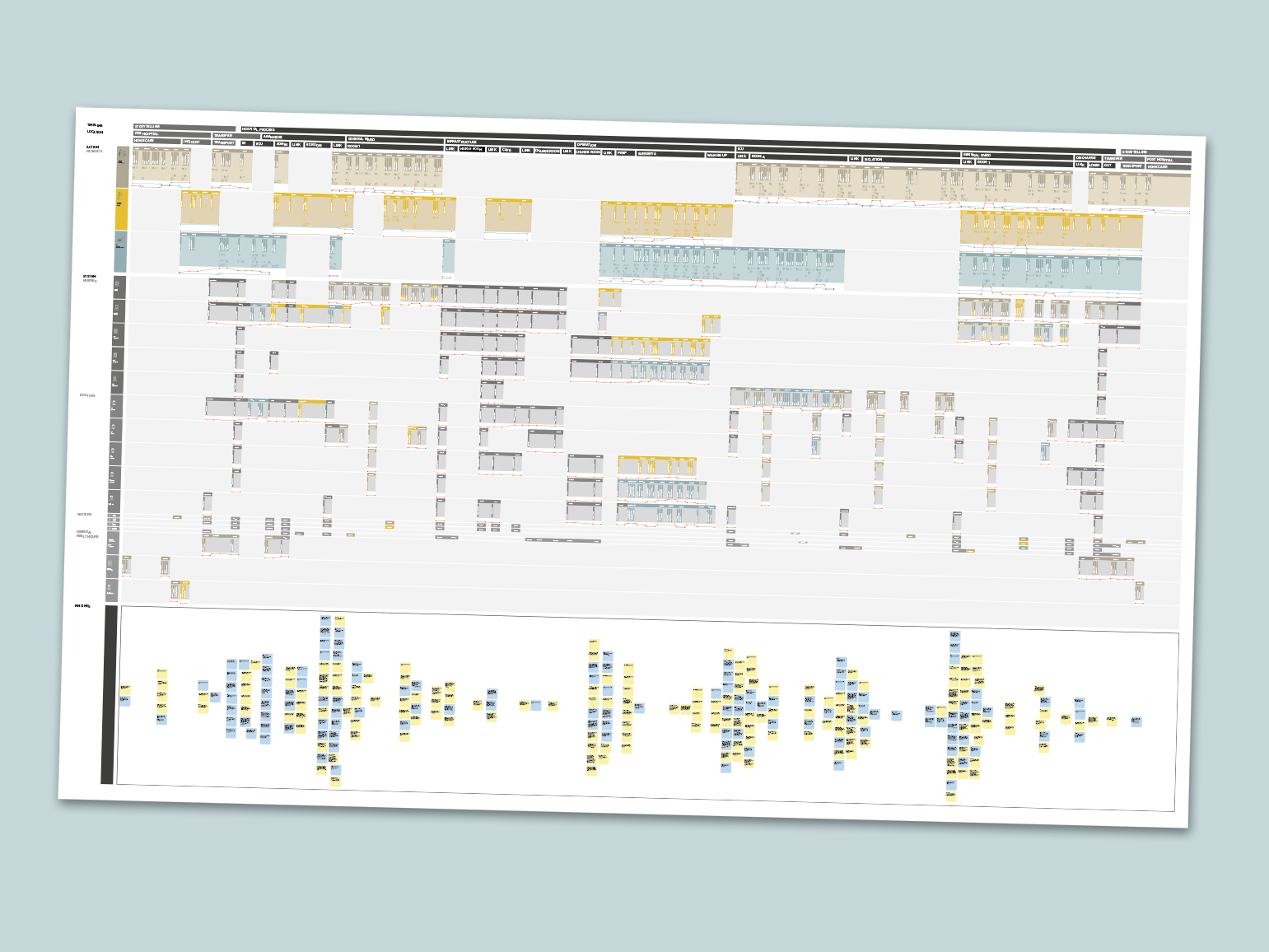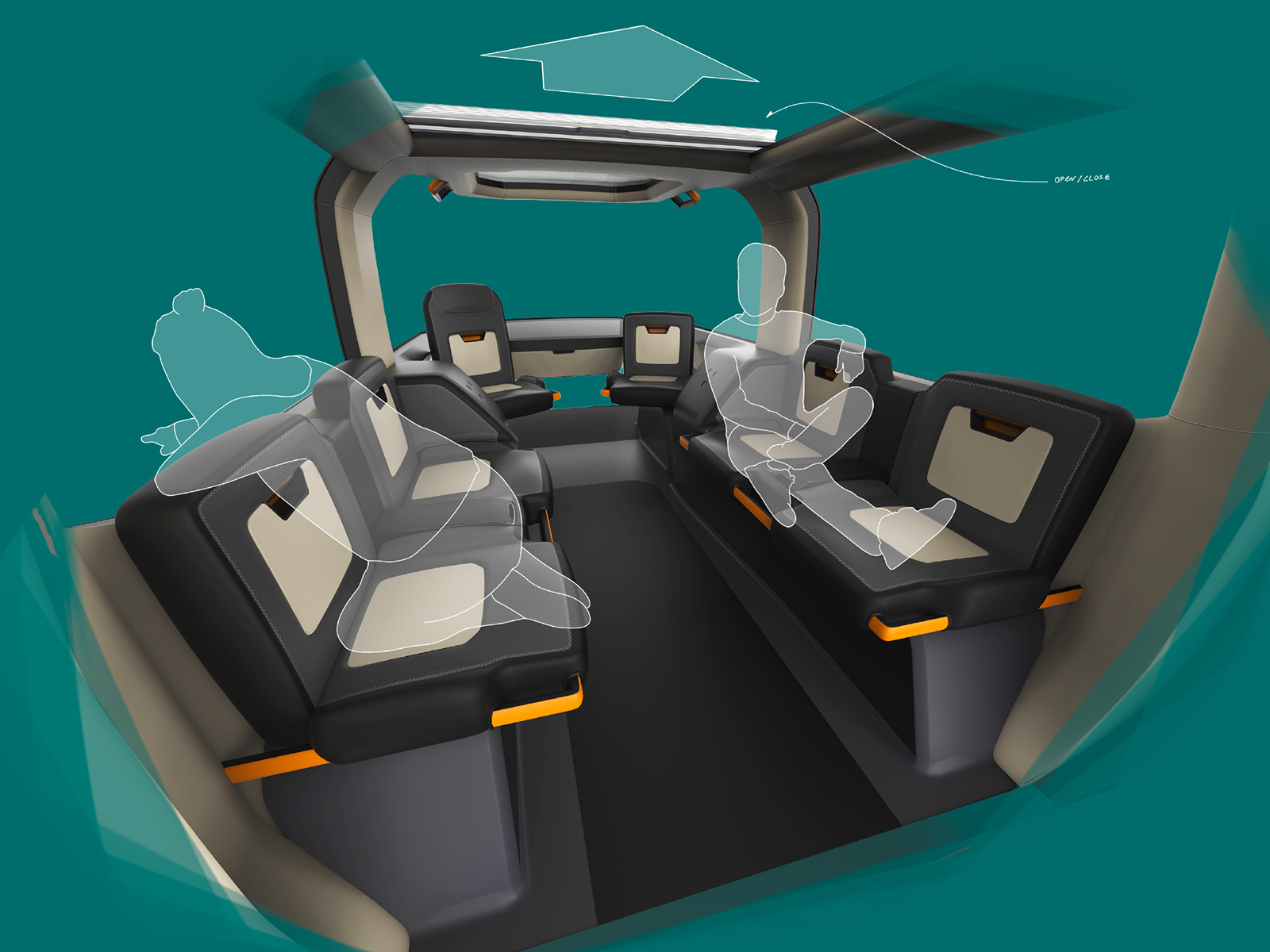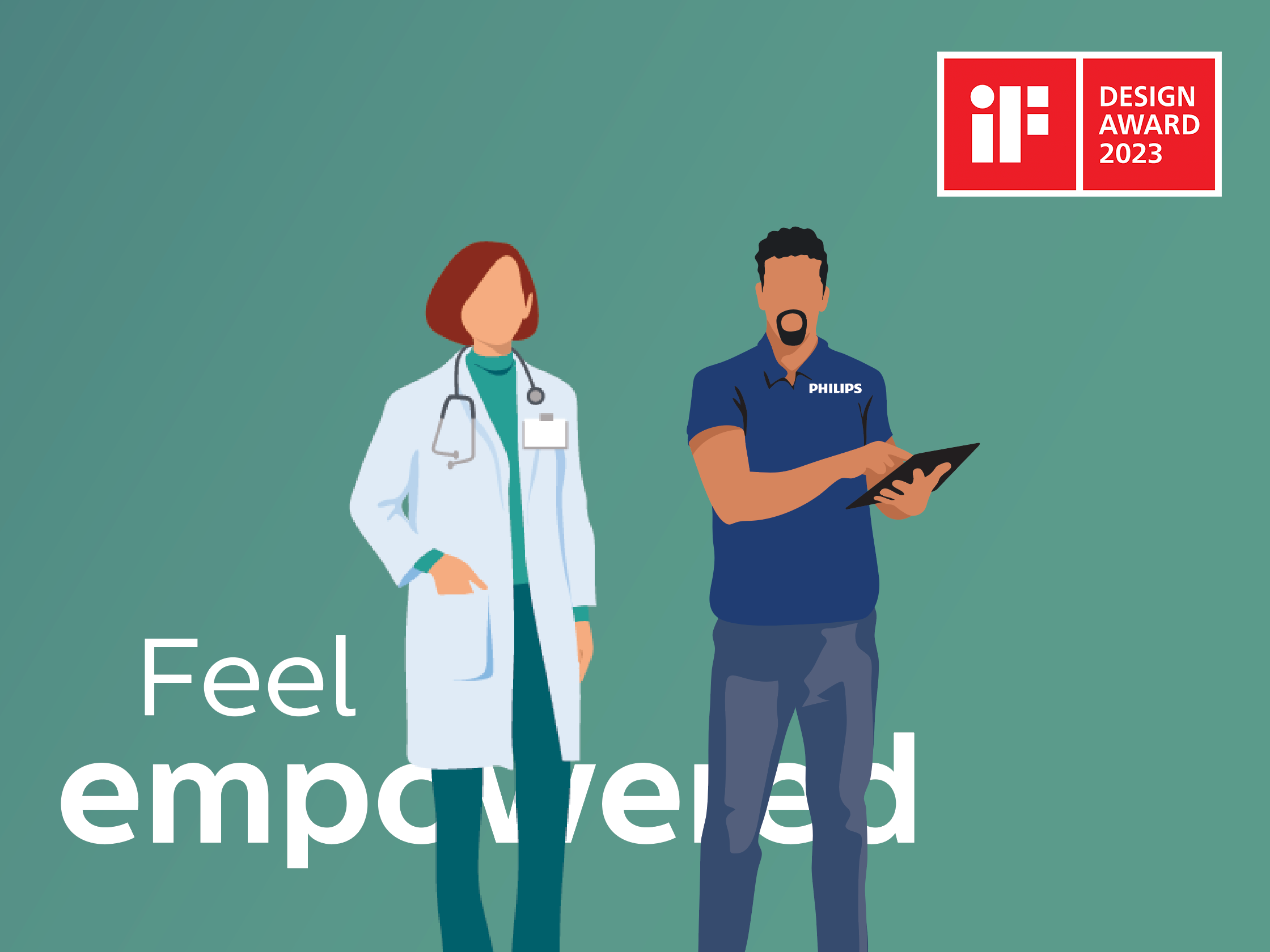Philips Personal Health
Personal Health Devices in Circular Economy - A User Benefit Driven Strategy to Improve the Product Use
(Master Thesis)
____
Challenge: Creating a Sustainable, User-Centered Subscription Model
In collaboration with Philips, I aimed to design a subscription service for personal health devices within a circular economy framework. My goal was to develop a service that not only provided tangible benefits to users and generated revenue but also promoted sustainable practices by repurposing products and materials in a way that aligned with circular economy principles.
Approach: Developing a Data-Driven, Human-Centered Model
To construct this service model, I leveraged a human life cycle blueprint alongside persona profile cards, integrating insights from market analysis and target group data. I combined these with quantitative metrics, including production costs, refurbishment costs, and margins, to design a sustainable solution that was both user-beneficial and economically viable. This included analyzing four-year cost and value-based scenarios to identify key conditions and dependencies, allowing me to develop flexible contract and pricing models.
Solution: Communicating Complex Systems with Clarity
Recognizing the need to make these complex business models accessible to a wide audience, I created storyboards and visual graphics to simplify and clarify the service’s structure. These visuals effectively communicated the systemic dependencies and user value of the model, ensuring that the sustainable value proposition was easily understood by diverse stakeholders.
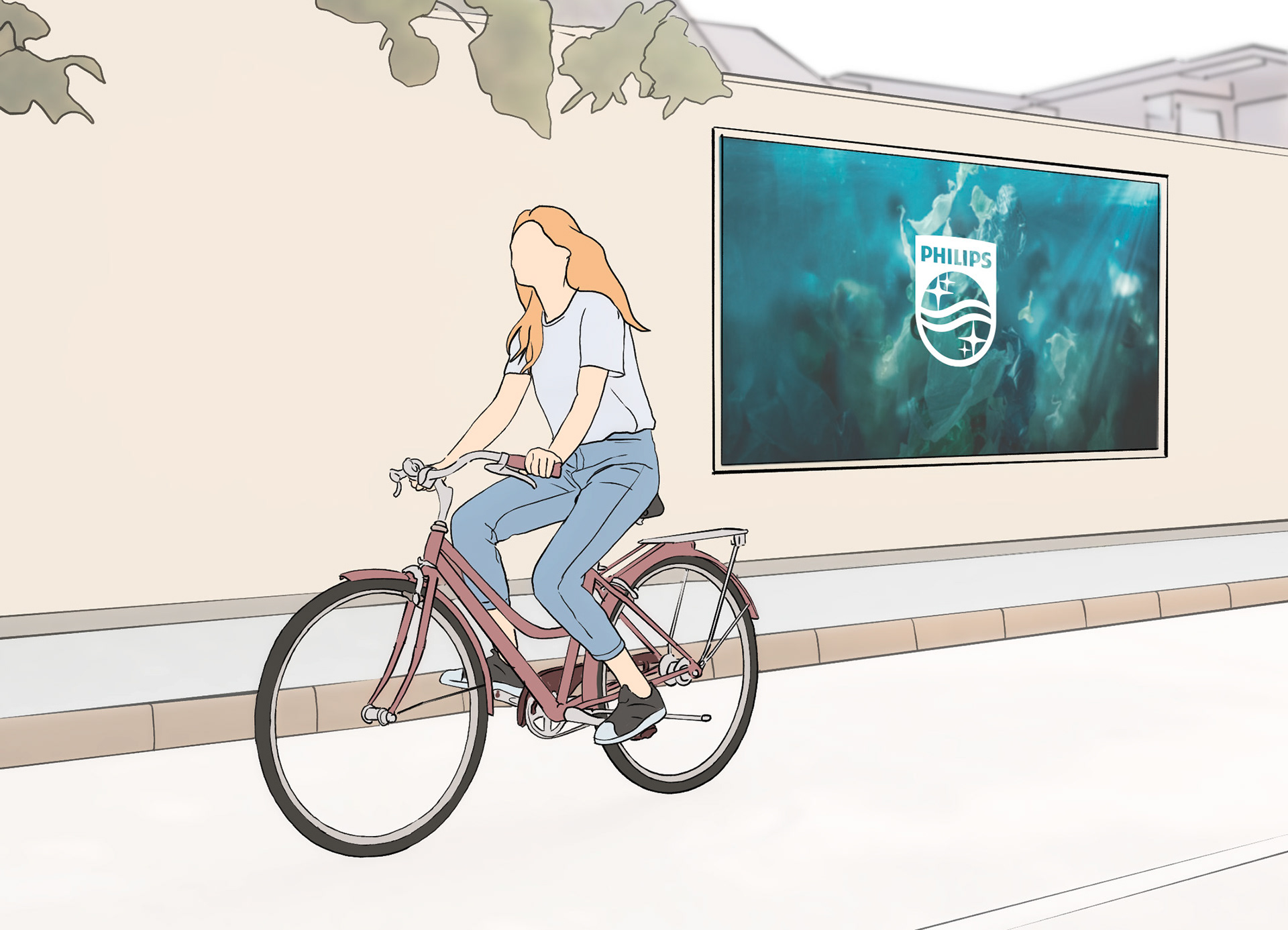

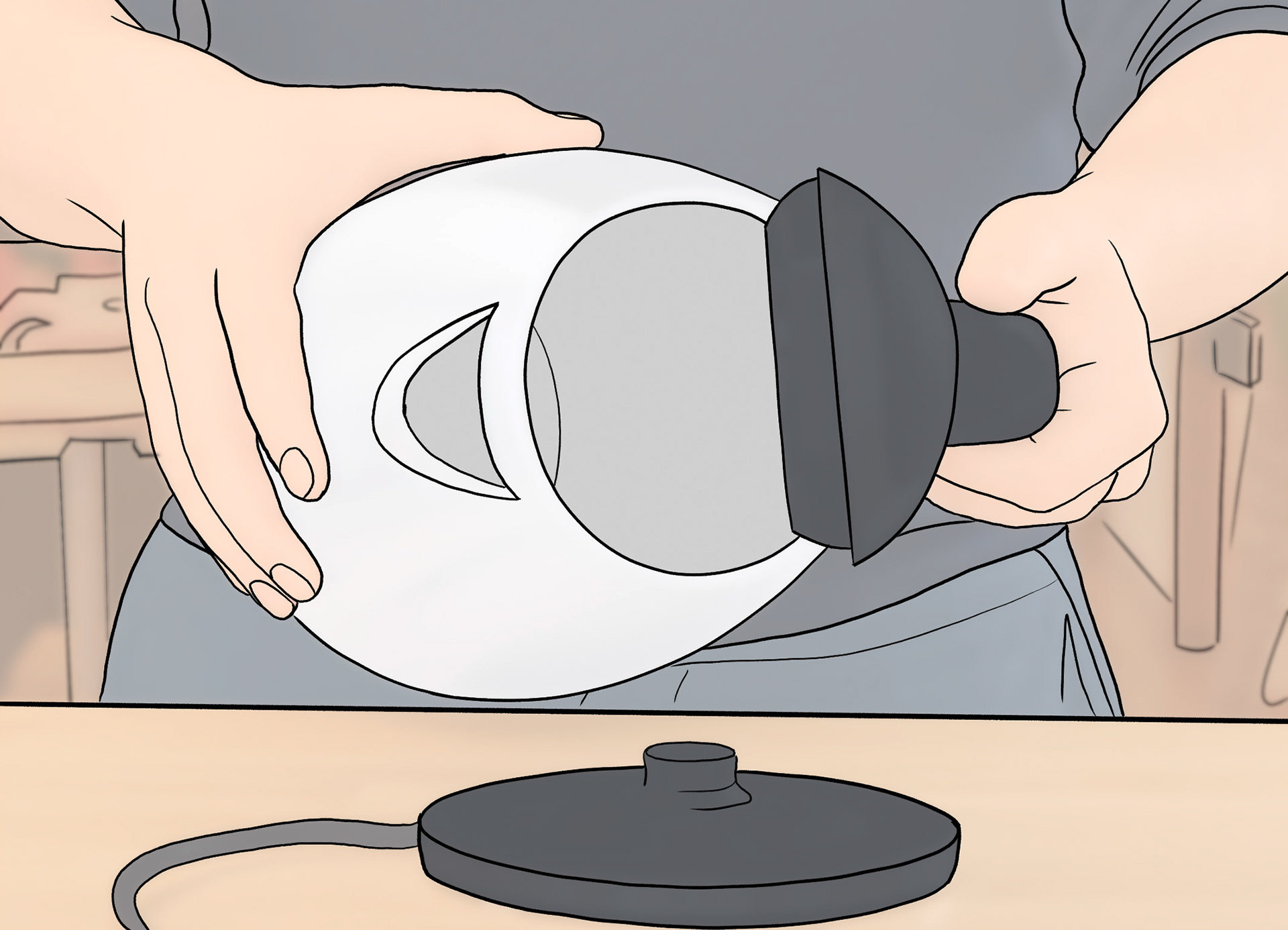
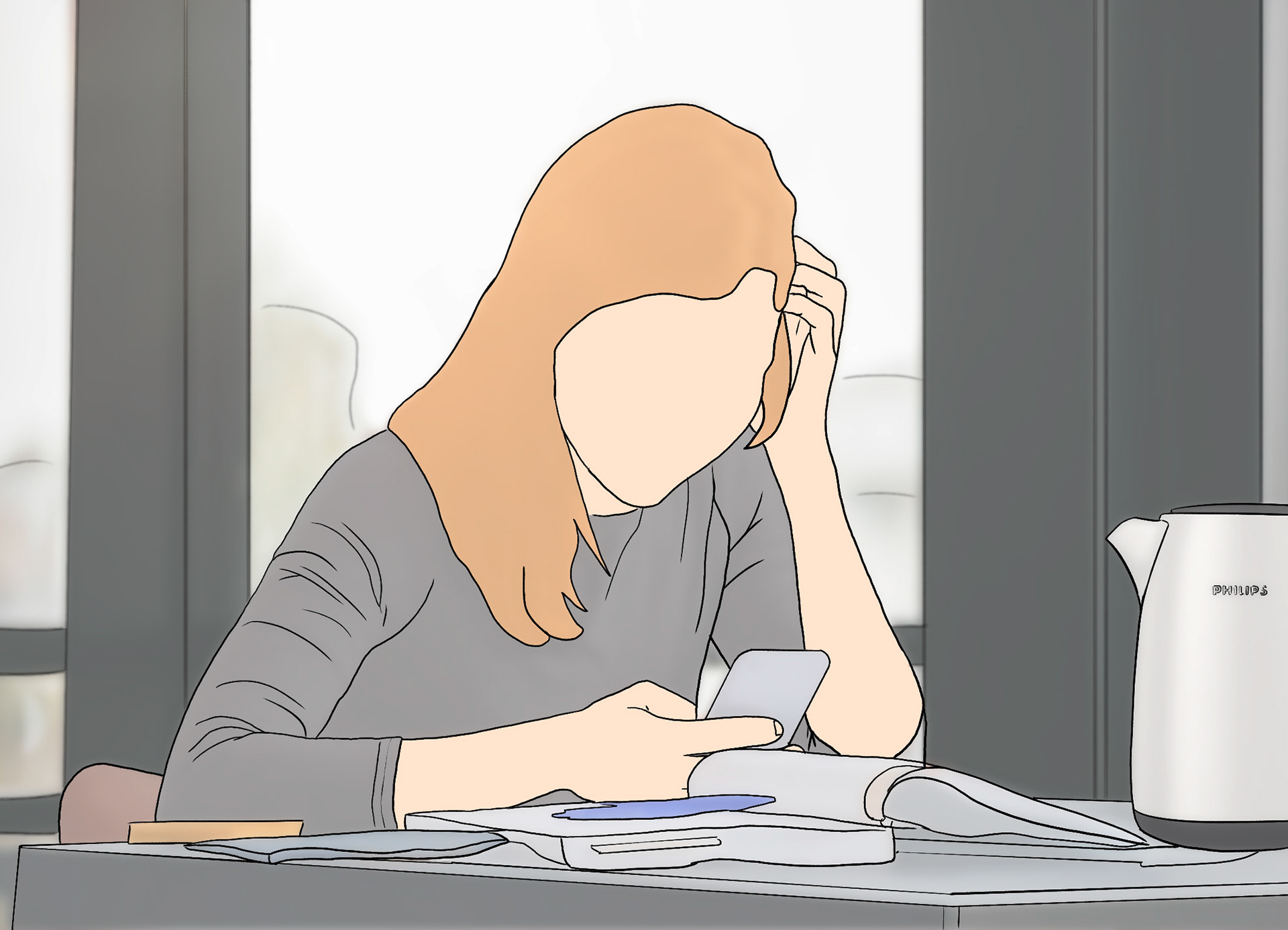
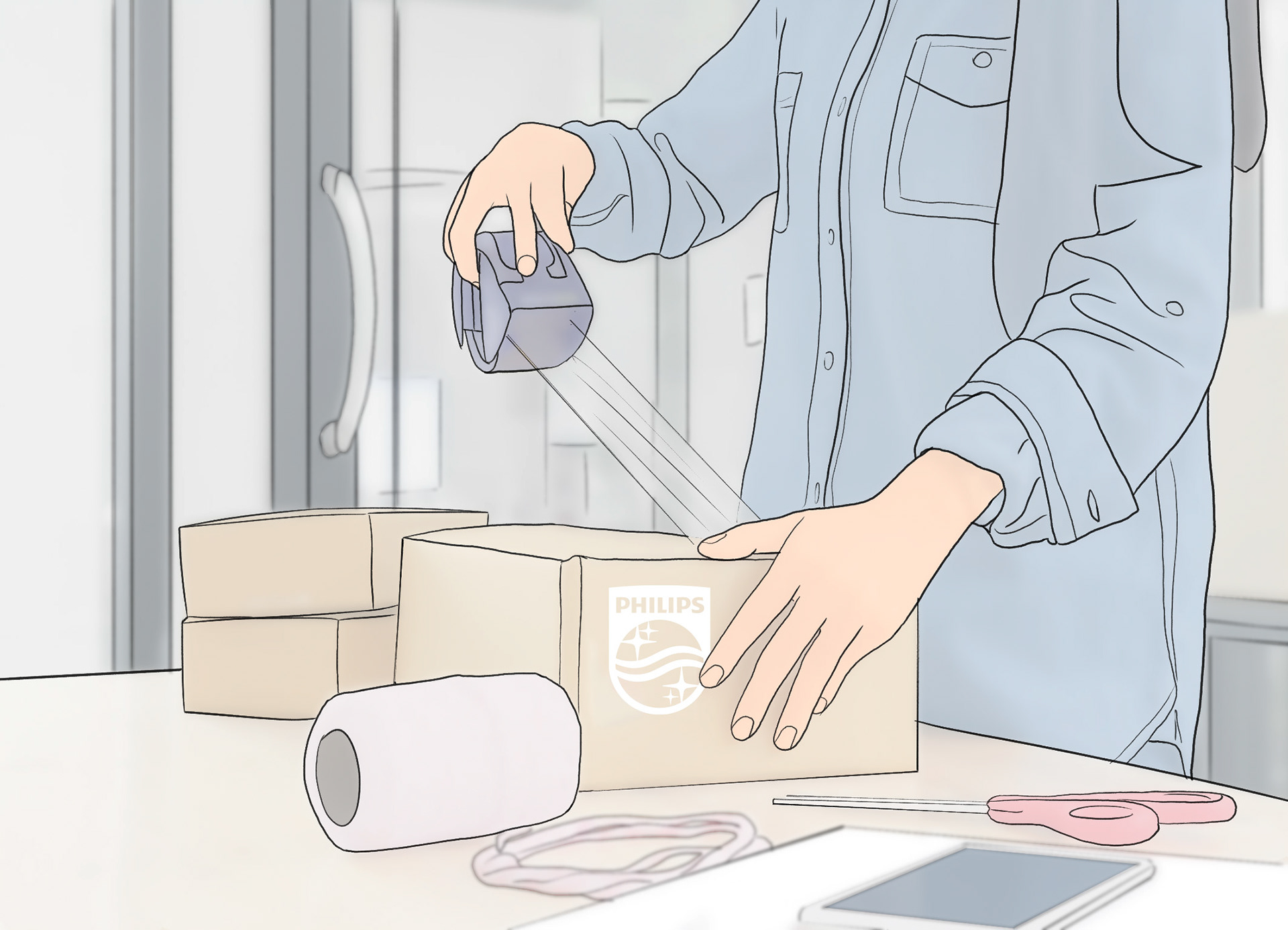

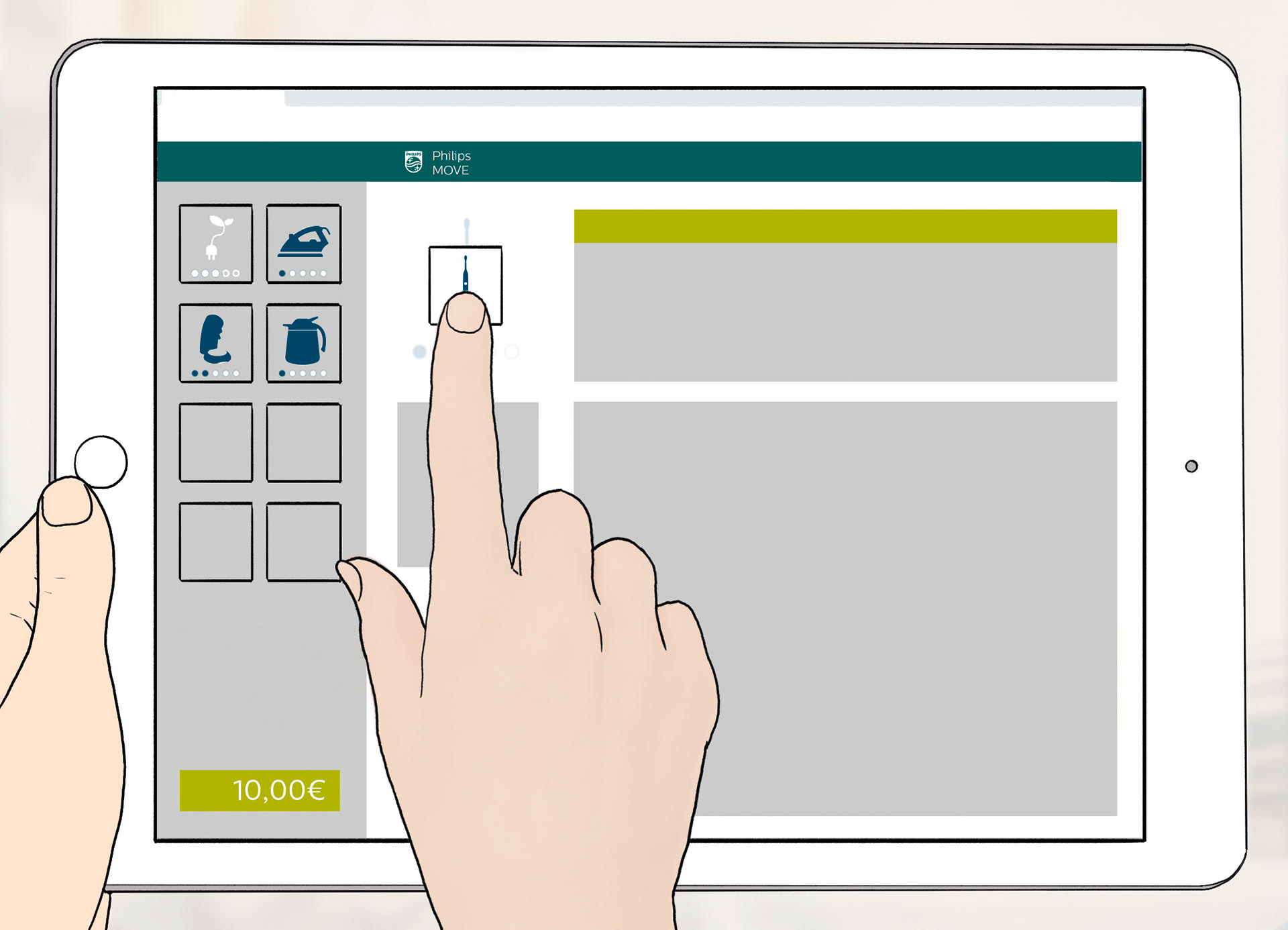
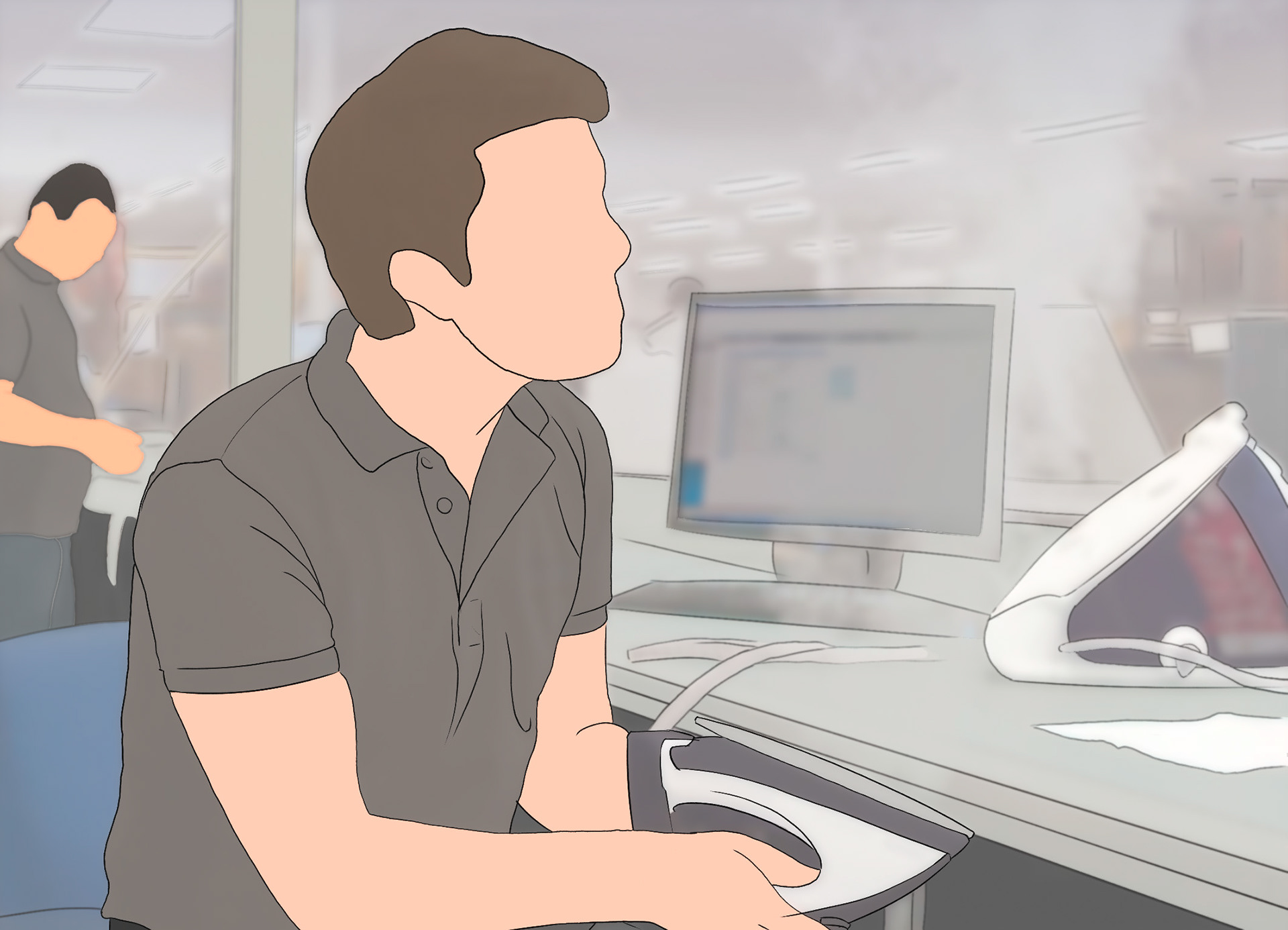

Impact: Fostering Sustainable Consumer Behavior
By addressing consumer needs and behavioral triggers, I developed a marketing strategy to encourage sustainable consumption and long-term user engagement with circular solutions. While the specifics of this project remain confidential to Royal Philips, the approach demonstrates a user-centered strategy for creating meaningful, sustainable impact through product lifecycle extension and circular economy principles.
Explore my other Projects:

